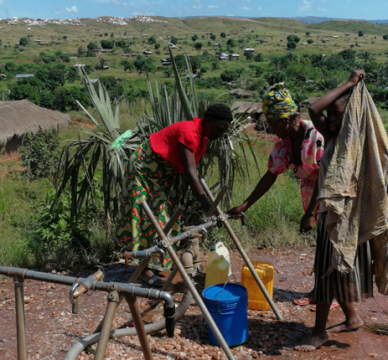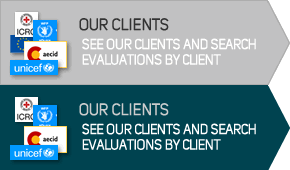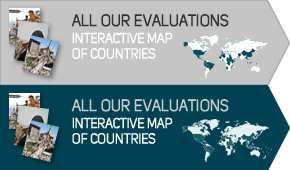December 29, 2018

In 2004, the United Nations office for the Coordination of Humanitarian Affairs (OCHA) and the United Nations Children’s Fund (UNICEF) created the Rapid Response Mechanism (RRM) to better respond to acute emergency needs in Democratic Republic of Congo (DRC). The objective of Rapid Response to Movements of Populations (RRMP) has been to deliver large‐scale, rapid, multi‐sectoral assistance in Water, Sanitation, and Hygiene (WASH), health, child protection, education and Non‐Food Items (NFI) to recently displaced persons and returned populations (under 3 months or accessible for less than three months), the host families and those the most vulnerable among the community members. The RRMP operates in areas where the displaced/returned exert a high pressure on basic services: water, hygiene, sanitation, health, education/child protection, and protection.
After food assistance, the RRMP is the largest single humanitarian response programme in DRC. The RRMP has been progressively reinforcing partnership with the World Food Programme (WFP) and further developing relationships with the Food and Agriculture Organization (FAO) and other key actors in the food security sector. The coordinated interventions of WFP and RRMP increased from 60 percent in 2017, to 90 percent in 2018.
The DARA team conducted the field mission for this evaluation in May 2018, with the main objective of this evaluation being to explore the RRMP’s contribution in responding to the needs of the displaced and returnee populations and the host families in eastern and south-eastern DRC, and the Kasai.
The evaluation concluded that RRMP has a clear added value in the humanitarian crisis context in DRC and the monitoring and evaluation indicators of the RRMP are relevant to its objectives within the scope of its timeframe and the targeted populations. Most respondents considered the RRMP’s programmatic impact on lives saved, children with better access to schools, better hygiene, clean water, improved health services, and generally, better living conditions. The transition from humanitarian to development programming requires stable conditions and the availability of resources and capacities for complementary programmes.




Share this